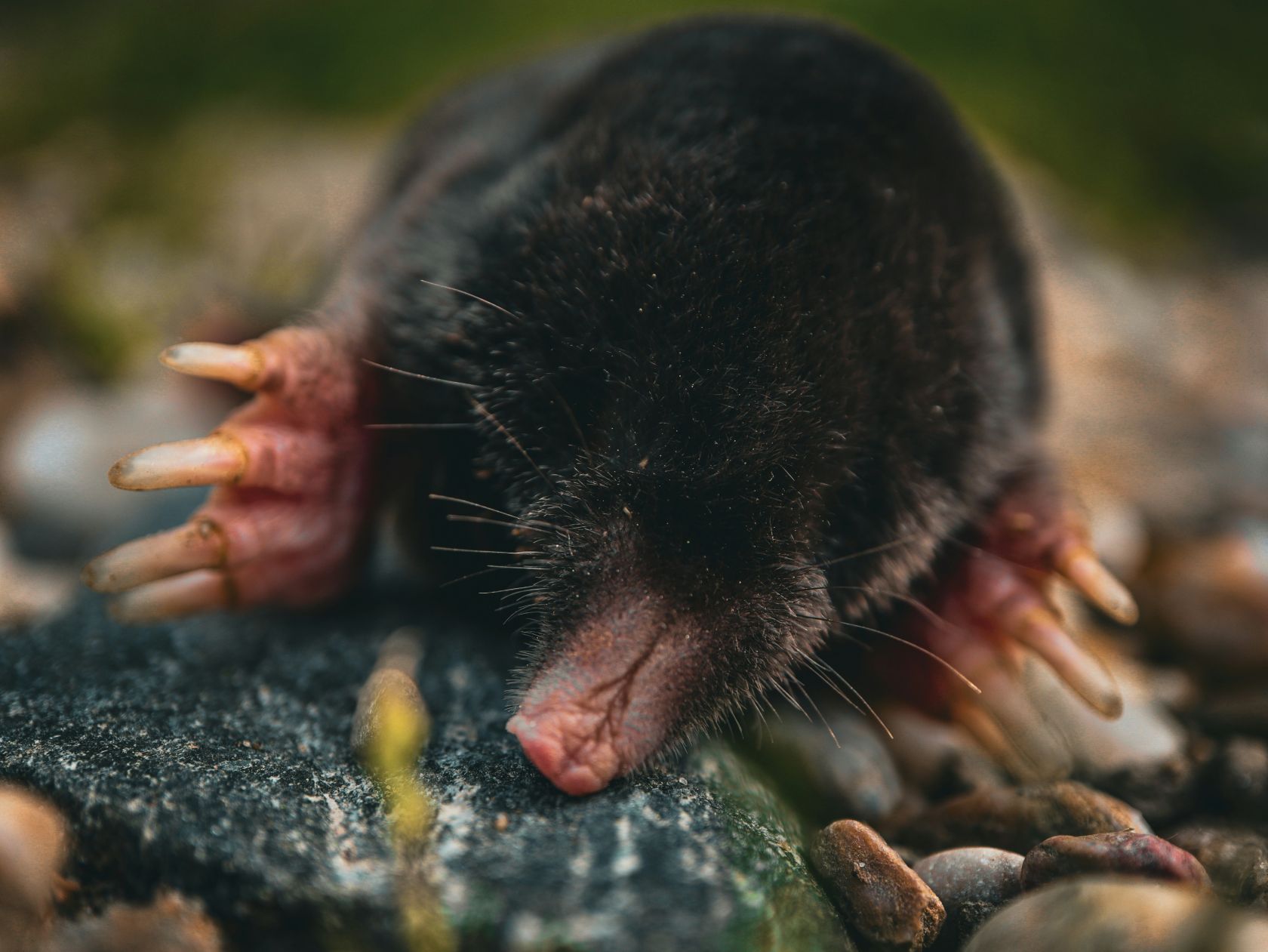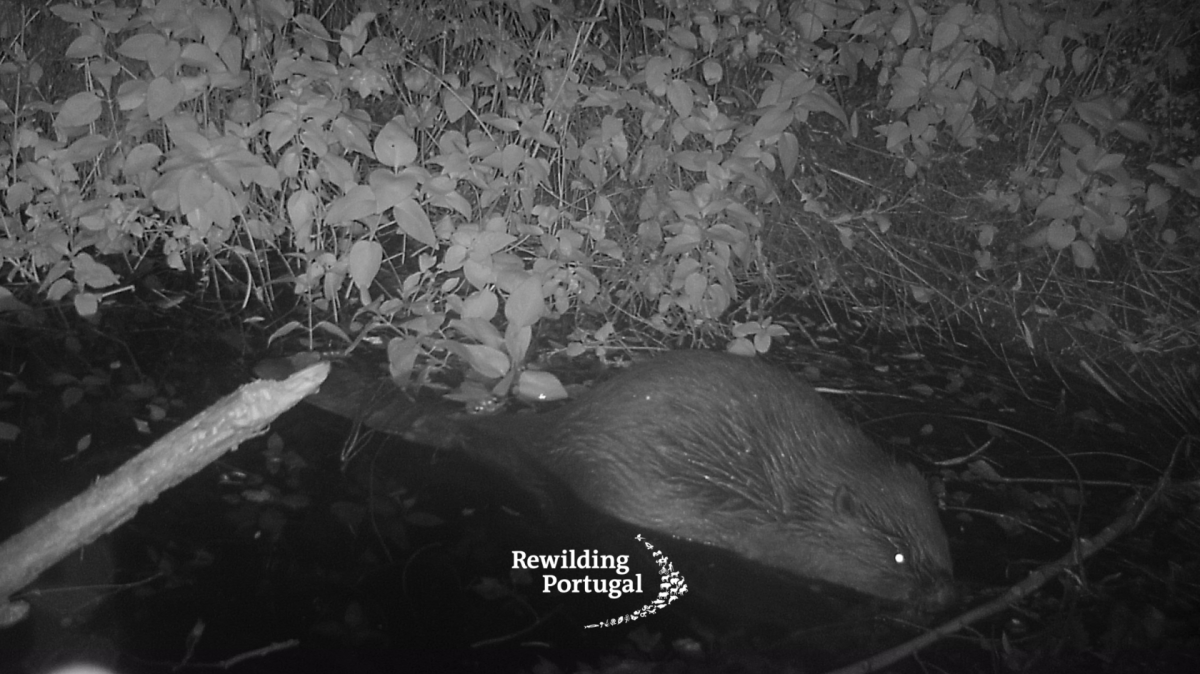The title here is a children’s song featured in the 1950’s by the Jamaican-British vocal group, the Southlanders, and is even a children’s book of the same name by Kathryn Conchie. Moles don’t really live in holes, but in extensive networks of tunnels. They excavate their own underground burrows, which can range from shallow tunnels near the surface to deeper nesting and breeding chambers. Moles shouldn’t be bracketed with voles, although they look similar; the vole resembles a chubby mouse with tiny ears, the mole is thinner and has no external ears. Moles are carnivores, primarily eating insects and their favourite, earthworms, and create elaborate tunnels with characteristic mounds, hunting with a keen sense of vibration and smell. Voles are herbivores, feeding on plants and roots, and typically create shallow, surface runways. Voles are a greater pest than moles because they feed on plants, roots and tree bark, causing damage and potentially killing vegetation.
Iberian Mole
Anyone who has a garden that overnight appears dotted with freshly dug piles of soil will confirm, yes, there are moles in Portugal. These ‘molehills’ are where moles tunnel underground and push displaced soil upwards, which forms the mounds on the surface. Molehills are a sign that a mole is active in the area and is constantly digging new tunnels in search of food. A side benefit of all that digging is that it is good for aerating the soil.
The species in Portugal and Spain is the Iberian Mole (Talpa occidentalis) and unfortunately for anyone who has them, they are a protected species in parts of Portugal. While the International Union for Conservation of Nature (IUCN) lists them as of ‘Least Concern’ (not facing immediate extinction), many populations in the south are losing their habitat and are experiencing declining populations.
Moles are generally solitary creatures and don’t live in large groups or families, which is hard to believe if you see a whole garden full of molehills! They primarily live alone in their own underground burrows and tunnels, only coming together to mate. Some species may form small family groups, but this is not typical.
Can they see?
Moles can both hear and see, but their eyesight is very poor. However, scientists reveal that a mole's eyesight is better than expected and can distinguish light from dark even when their eyes are shut, but they rely more on their sense of touch and vibration to navigate underground.

The Iberian mole is quite small, with adult males slightly larger than females, at an average of 65 grams and 53.5 grams respectively, measuring 10 to 15 centimetres in length. The biggest mole species is the Giant Golden Mole (Chrysospalax trevelyani), found in South Africa, and by comparison, is twice the size.
The Iberian Mole can be found throughout Portugal, particularly in the northwest. They are commonly found in areas with deep, moist soil that is easier to dig, and will tunnel in meadows, pastures, woodlands, and agricultural areas.
What do they look like?
They have short black or dark brown velvety fur, with no particular direction of the nap, which allows Mr Mole to move easily in either direction. He has a stout body, a short hairy tail, and powerful front legs, almost like shovels tipped with nails, that are well adapted for digging.
A digging pest
To be honest, most people will want them out of their gardens. Removing their favourite diet of worms would be the most humane way to move them on, but it puts you in a catch-22 position, as worms are good for the garden too.
Most experts agree that using an environmentally safe trap is the most effective way to control moles - they can be caught and then released elsewhere. Traps need to be set in active tunnels, but as most moles use and renew some of their tunnels repeatedly, others may be used only once, so it isn’t easy. Finding an active tunnel can be done by compressing the molehills, and if is an active tunnel, the mole will raise the soil again within 24 hours.
Marilyn writes regularly for The Portugal News, and has lived in the Algarve for some years. A dog-lover, she has lived in Ireland, UK, Bermuda and the Isle of Man.
















